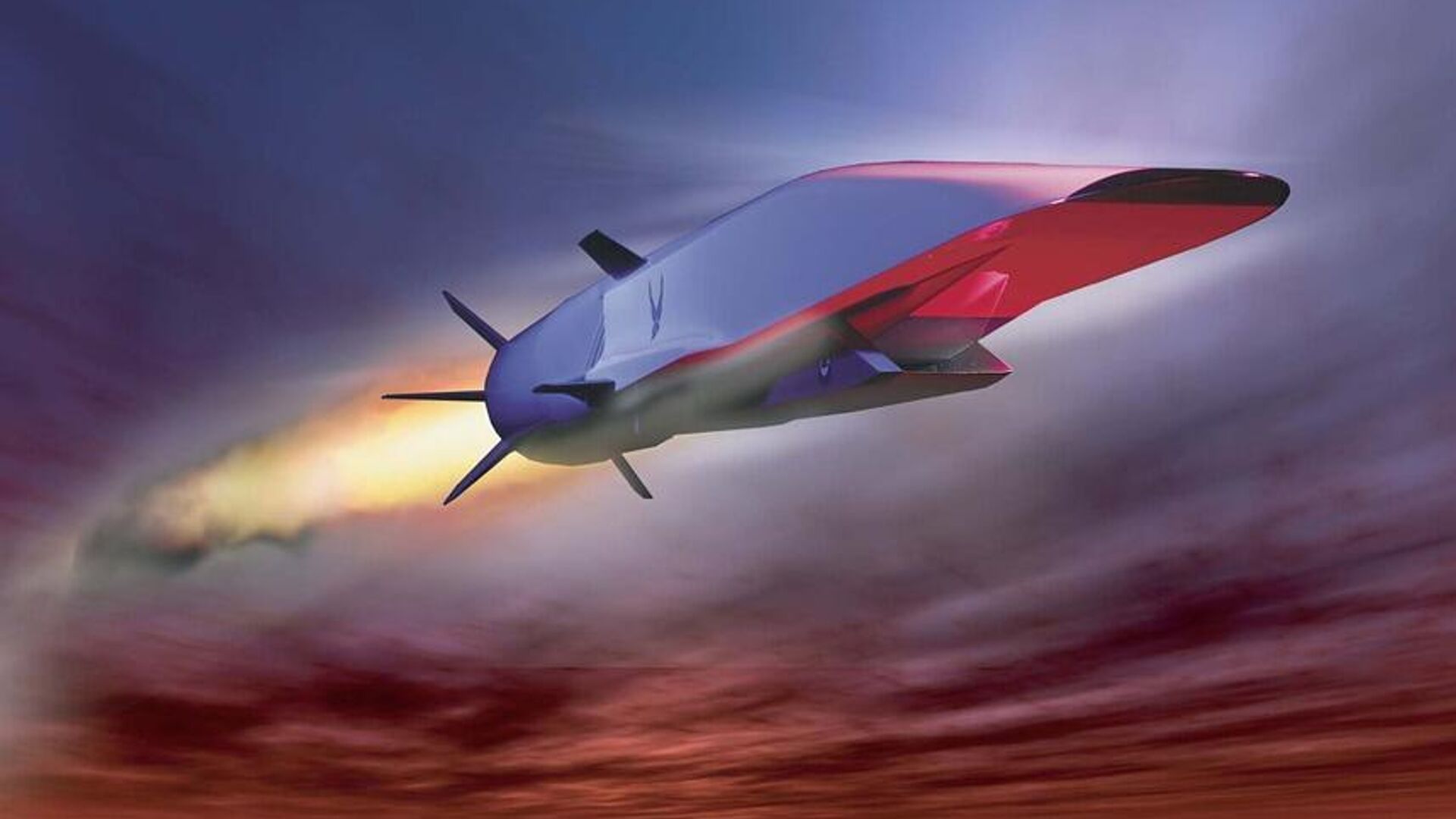https://sputnikglobe.com/20220908/china-opens-record-breaking-hypersonic-wind-tunnel-able-to-reproduce-mach-33-speeds-1100567169.html
China Opens Record-Breaking Hypersonic Wind Tunnel Able to Reproduce Mach 33 Speeds
China Opens Record-Breaking Hypersonic Wind Tunnel Able to Reproduce Mach 33 Speeds
Sputnik International
Chinese scientists have opened a new high-powered wind tunnel in Sichuan that’s capable of recreating the most extreme flight conditions of any such device on... 08.09.2022, Sputnik International
2022-09-08T22:58+0000
2022-09-08T22:58+0000
2022-09-08T22:58+0000
world
china
hypersonic
wind tunnel
https://cdn1.img.sputnikglobe.com/img/07e6/02/07/1092824246_0:66:858:549_1920x0_80_0_0_fe6a0dfa30464c9087a1aa5b1f14e3f8.jpg
According to the South China Morning Post (SCMP), the wind tunnel can reach speeds of up to 2.5 to 11.5 kilometers per second (1.55-7.14 miles per second), or Mach 33. It is 80 centimeters across, which is twice the size of the previous largest high-speed wind tunnel.As such, the wind tunnel will be able to test not just hypersonic weapons and vehicles, which have a speed exceeding Mach 5, but also spacecraft designed for everything from returning to Earth to escaping Earth’s gravity and landing on other planets.The ultra-high-speed tunnel is described as a free-piston driven tunnel, a design invented by Australian space engineer Raymond Stalker in the 1960s as an alternative to the hydrogen-powered wind tunnels in use. Stalker proposed a design that used nitrogen instead, which is much cheaper, and which was propelled to extreme speeds by a rapid-firing piston.Since the 1980s, Stalker’s designs have proliferated around the world, but the Chinese design is an improvement, according to Lyu’s team. This design reduces vibration, which increases the accuracy of measurement, and uses a much stronger piston that is reusable and cuts costs. However, their tube still suffers the primary problem of all Stalker wind tunnels: it only produces the effect for a few thousandths of a second.Beijing has invested heavily in hypersonic technology, fielding several hypersonic weapons that are able to evade almost every type of air defense system, but also investing in designs for cargo and passenger travel at speeds over Mach 5. The fastest such aircraft presently in use don’t even reach Mach 1.Last week, Chinese researchers in Beijing announced they had successfully and repeatedly established ground communications with a hypersonic vehicle. The breakthrough could help ground control avoid the “blackout” period experienced by spacecraft during reentry, or allow the military to issue precision orders to hypersonic weapons in mid-flight, including a “kill button” to abort the mission at any time.
china
Sputnik International
feedback@sputniknews.com
+74956456601
MIA „Rossiya Segodnya“
2022
News
en_EN
Sputnik International
feedback@sputniknews.com
+74956456601
MIA „Rossiya Segodnya“
Sputnik International
feedback@sputniknews.com
+74956456601
MIA „Rossiya Segodnya“
china, hypersonic, wind tunnel
china, hypersonic, wind tunnel
China Opens Record-Breaking Hypersonic Wind Tunnel Able to Reproduce Mach 33 Speeds
Chinese scientists have opened a new high-powered wind tunnel in Sichuan that’s capable of recreating the most extreme flight conditions of any such device on the planet. It’s also now the biggest wind tunnel.
According to the
South China Morning Post (SCMP), the wind tunnel can reach speeds of up to 2.5 to 11.5 kilometers per second (1.55-7.14 miles per second), or Mach 33. It is 80 centimeters across, which is twice the size of the previous largest high-speed wind tunnel.
For comparison, spacecraft reentering the Earth’s atmosphere from orbit
typically only reach speeds of 17,500 miles per hour, or Mach 25.
As such, the wind tunnel will be able to test not just hypersonic weapons and vehicles, which have a speed exceeding Mach 5, but also spacecraft designed for everything from returning to Earth to escaping Earth’s gravity and landing on other planets.
“[We] have built the world’s largest free-piston driven expansion tube wind tunnel with high enthalpy,” Lyu Zhiguo, who led a team at the Hypervelocity Aerodynamics Institute under the China Aerodynamics Research and Development Centre in Mianyang, told the SCMP. Enthalpy is a term describing the energy it takes to keep a thermodynamic system intact in relation to the surrounding air.
The ultra-high-speed tunnel is described as a free-piston driven tunnel, a
design invented by Australian space engineer Raymond Stalker in the 1960s as an alternative to the hydrogen-powered wind tunnels in use. Stalker proposed a design that used nitrogen instead, which is much cheaper, and which was propelled to extreme speeds by a rapid-firing piston.
Since the 1980s, Stalker’s designs have proliferated around the world, but the Chinese design is an improvement, according to Lyu’s team. This design reduces vibration, which increases the accuracy of measurement, and uses a much stronger piston that is reusable and cuts costs. However, their tube still suffers the primary problem of all Stalker wind tunnels: it only produces the effect for a few thousandths of a second.
Another similar wind tunnel in Beijing, named JF-22, is expected to open soon as well and will be capable of reproducing Mach 30 speeds.
Beijing has invested heavily in hypersonic technology, fielding several hypersonic weapons that are able to evade almost every type of air defense system, but also investing in designs for cargo and passenger travel at speeds over Mach 5. The fastest such aircraft presently in use don’t even reach Mach 1.
Last week, Chinese researchers in Beijing announced they had successfully and repeatedly
established ground communications with a hypersonic vehicle. The breakthrough could help ground control avoid the “blackout” period experienced by spacecraft during reentry, or allow the military to issue precision orders to hypersonic weapons in mid-flight, including a “kill button” to abort the mission at any time.


